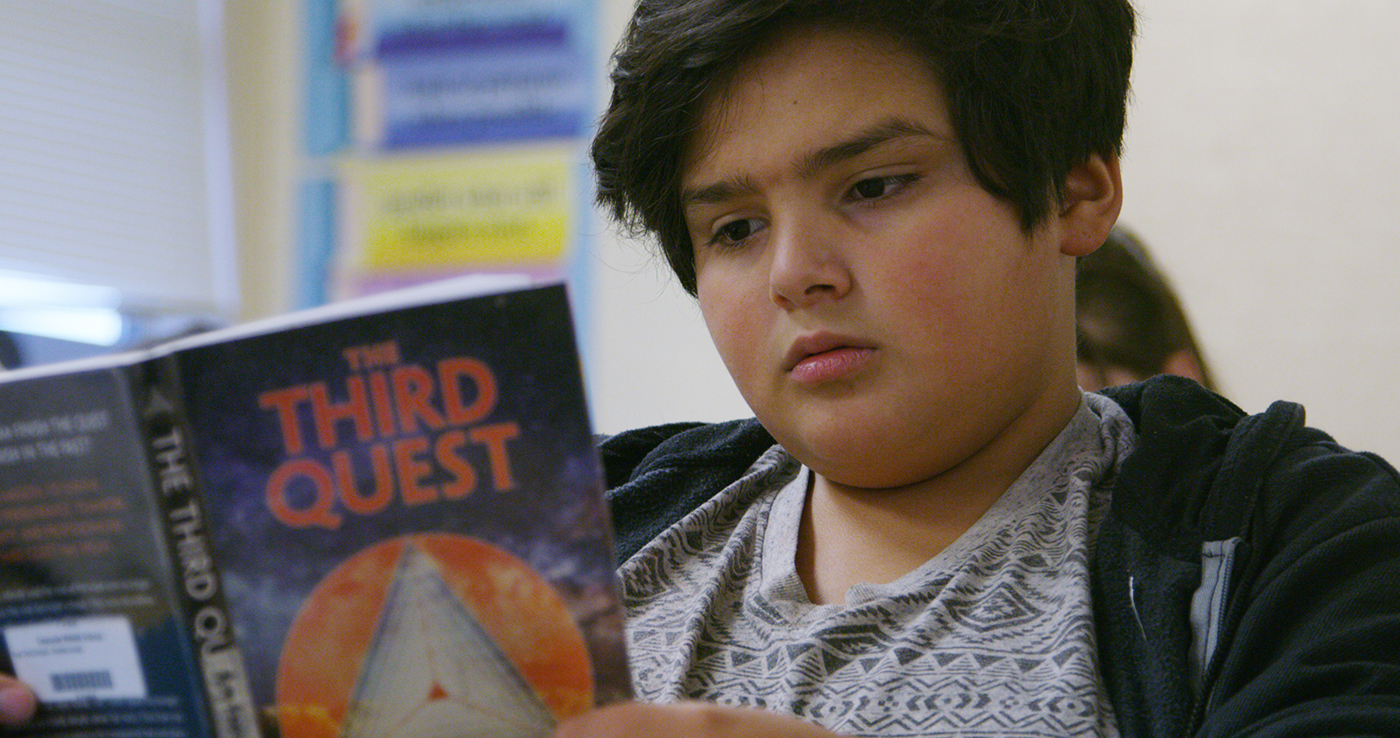Ann Leon, M. A., Educational Services Consultant, and Linda Diamond, President, CORE
Because the current coronavirus pandemic has necessitated increased use of remote learning, thinking about the needs of our young students with dyslexia and other word-reading difficulties is of vital importance. How can we best teach these students in order to mitigate learning loss and to ensure that they become proficient readers? This is our challenge.
As a first priority these students need to continue to receive direct and explicit teaching. Although some of their learning can be done through targeted online curricula, they desperately need live teaching with a skillful teacher. Distance learning for these students has two purposes:
- to review and maintain previous learning, and
- to provide systematic, explicit, and intentional instruction of new learning
So how do we meet those two purposes through remote learning?
First, we need to ensure that we have an appropriate, targeted curriculum that is built around the science of reading; employs systematic and explicit instruction to teach phonological awareness, phonics, and multisyllabic words; and develops fluency. Of course, we simultaneously must be developing oral language and vocabulary and building background knowledge.
Next, we want to remember that, as Anita Archer says, good instruction is good instruction, whether in a classroom or at a distance. For these students, we need to be sure that how we teach remotely activates multiple modalities in every part of the lesson—hearing, seeing, speaking, and writing. The learning structure needs to be predictable and simple so students can focus their mental energies on learning the content and not on the procedures. Focusing on a specific set of learning objectives in a limited time for remote instruction is imperative so we can teach any difficult content without overwhelming or confusing students. Good instruction also requires the opportunity for frequent responses, including choral responses, thus providing more practice for every student. In addition, the teacher needs to monitor those responses and provide immediate and clear feedback.
Sounds simple and self-evident, but for remote learning, adjustments must occur. The first adjustment is the organization of students for remote lessons. In a classroom we can be flexible with group size, but for a remote lesson, a group of four to six students is about the limit if we want to see all the students in gallery mode. In order for students to hear the teacher clearly providing the modeling and instruction, they must be muted. Muting blocks out extraneous noise from the students’ surroundings, allowing the teacher’s voice to be clearly heard. It works well to continue to mute students when it is time for them to respond. Muting students can avoid garbled sound when all students respond at once. It is, however, possible to employ choral responses even if students are muted. The teacher is still able to check for understanding by watching students’ mouths. This means that students need to be positioned in front of the camera so that the teacher can see their faces and, most importantly, their mouth movements. However, with a very small group, choral response may be possible without muting. The teacher must provide both affirmative and corrective feedback. In the case of remote learning, affirmative feedback is provided by the teacher repeating the correct response. The teacher can ask, “What word?” and then watch student responses and confirm, “Yes the word is . . .” The same procedure can be used for reading decodable text. The teacher can then provide corrective feedback by unmuting students one at a time to check them individually while the other students are practicing on their own, following instructions that were provided by the teacher.
For remote learning, teachers will need to rethink the resources they use during the lesson. Teachers can use the built-in digital white board or even a pad of paper that they display in front of the camera. In an explicit and systematic curriculum, sound-spelling cards usually exist for phonics lessons. These may be available to the teacher in hard copy or in digital versions that the teacher displays directly or by screen sharing. Resources may also be available in PDF versions that the teacher can show students via screen sharing. Such resources should include, in addition to the sound-spelling cards, the decodable texts, decodable word lists for blending practice, and sight word lists.
In addition to the teacher needing to think about the best teaching resources, students will need resources that will work best with remote learning. Students can use the eraser end of a pencil as a pointer while the teacher shares the screen. Students can tap the screen in the appropriate spot as the teacher shares the sight words or the decodable words or the story. For guided or directed spelling (encoding), students will need paper with a marker, a white board with a dry-erase marker, or something as simple as a coated paper plate that they can erase (with a dry-erase marker), or even a hand-held mirror on which they write the spelling words using an erasable marker! Students may also be able to write directly on the virtual whiteboard built into most platforms.
Also, it would be beneficial for schools to make packets that go home with students when they come in periodically for their meals (if this is occurring) or that can be delivered from time to time to the students’ homes if schools are still not opened. Such packets could include decodable texts, sight words, and sound-spelling cards. The purpose of these packets is not to provide worksheets for students to complete but for students to have added practice at home, especially ample opportunities to practice reading texts to develop fluency. In the situation where a hybrid model exists with some in-school learning and some remote learning, the same packets of material can go home with students so that they are still able to practice when they are not in class. Balancing on-screen time with reading practice from printed materials for our students can help reduce eyestrain and fatigue.
The amount of time young children can sit and practice through remote instruction is probably compressed. Lesson components may be taught in 15- to 20-minute segments. Then at a later time in the day or the next day, another 15- to 20-minute segment can focus on different components. For students with dyslexia and other word-reading difficulties, the key is ample practice, both massed and distributed, to cement the learning.
We are all living with a new reality. Finding new ways to teach our most vulnerable learners will be challenging. Skillful teachers can continue to teach a systematic and explicit curriculum that was used in the classroom through remote instruction if we consider these necessary factors and implement essential adjustments.





